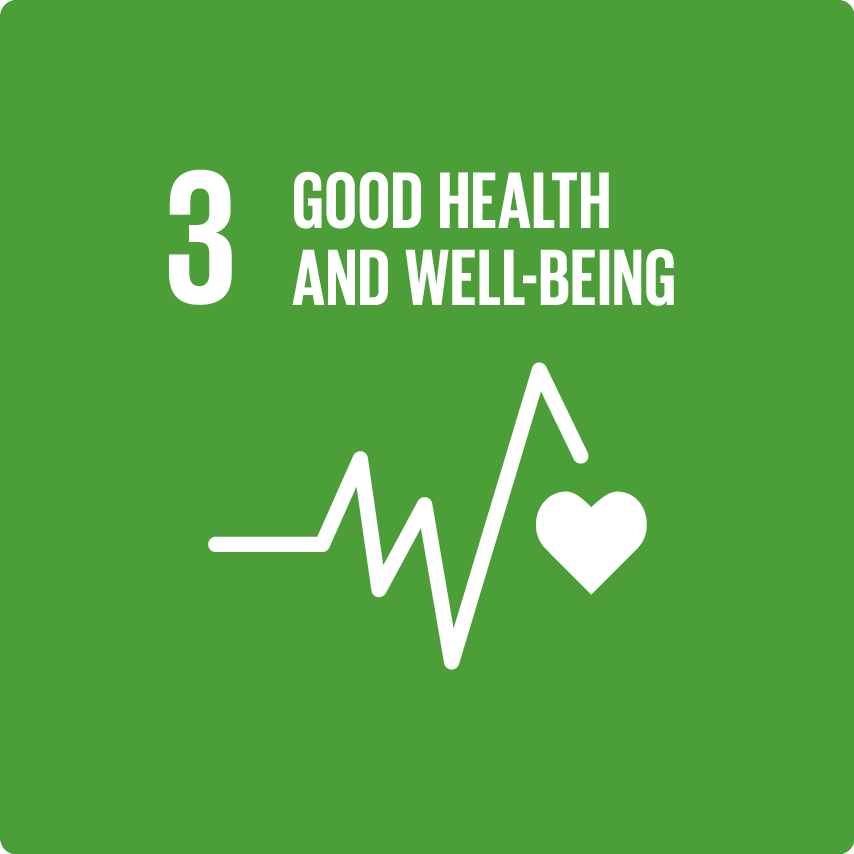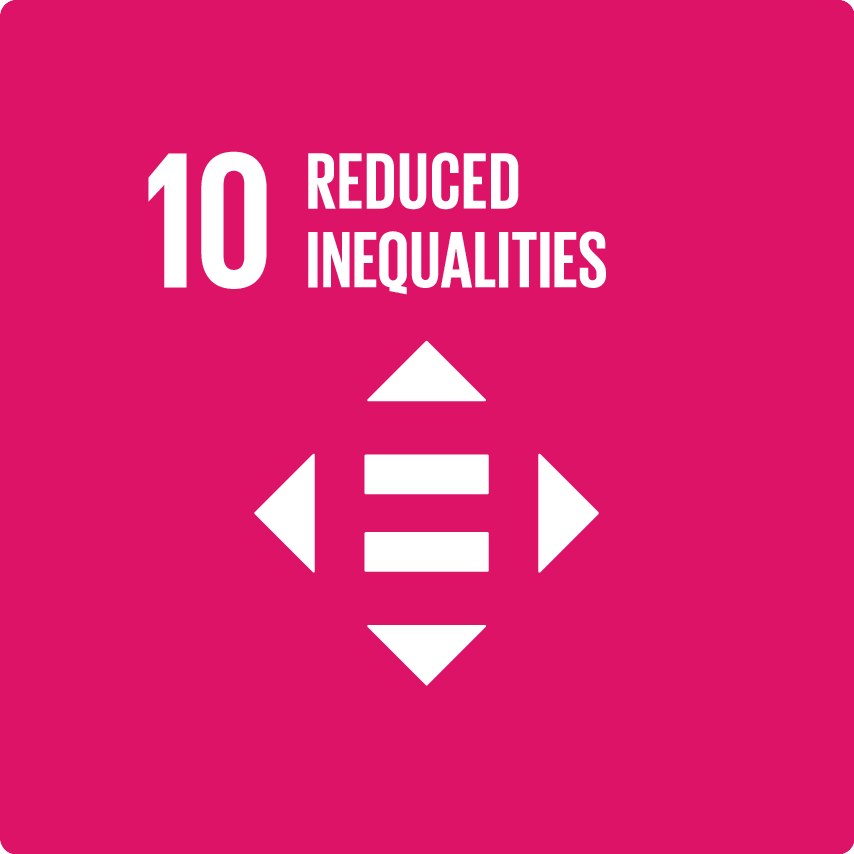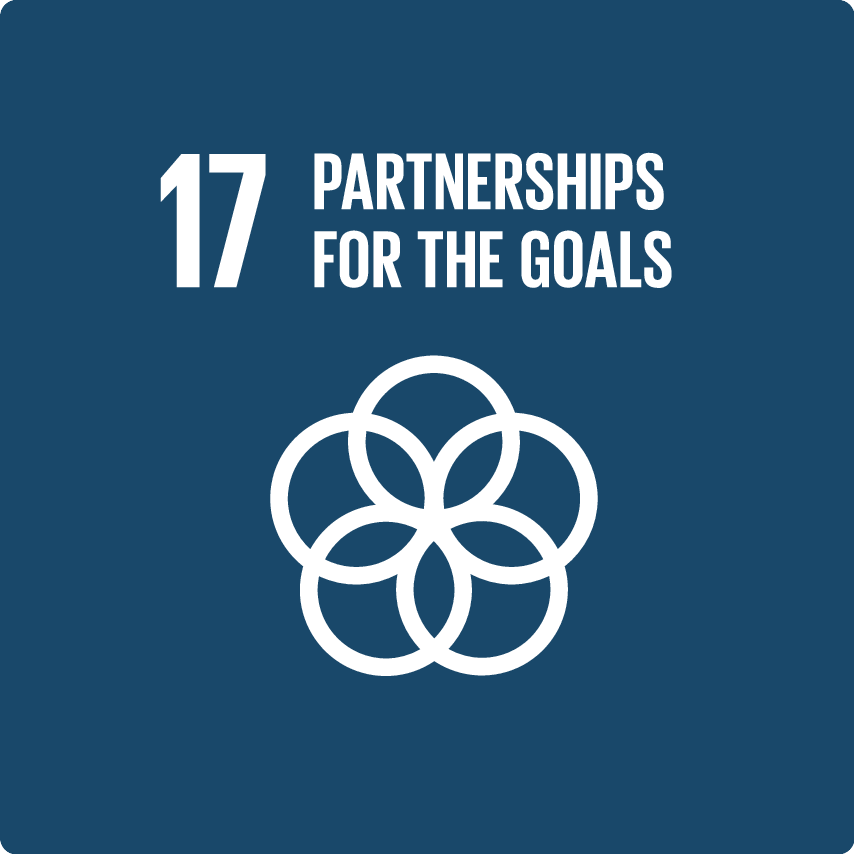Fight against Chagas Disease
Supporting the World Health Organization (WHO) to control Chagas disease.
SEE ALL PARTNER ORGANIZATIONS
Objectives
- Support WHO fighting to control Chagas disease by 2020 as outlined in the London Declaration on NTDs.
- To provide treatment for Chagas disease according to WHO requirements.
What are the health needs and challenges?
Chagas disease is a potentially life-threatening illness caused by the protozoan parasite, Trypanosoma cruzi (T. cruzi). It is found mainly in Latin America, primarily transmitted to humans by the faeces of triatomine bugs. The pathogen that causes the disease can also be transmitted by transfusions of infected blood, or from an infected mother to her unborn child.
According to World Health Organization (WHO) about ten million people are infected with Chagas disease worldwide and more than 10,000 die each year as a result. In endemic countries of Latin America where about 8 million people are infected, more than 25 million people are at risk of the disease. As part of increased migration and travelling with globalization, the disease is spreading to the U.S. and Europe.
Many are already infected in childhood, and children account for the majority of new infections of Chagas’ disease. The pathogen is often transmitted by an infected mother to her newborn during pregnancy or childbirth. An effective treatment of infected women of child-bearing age and children – in addition to systematic screening and diagnosis – is therefore an important and effective lever in getting the disease under control.
Partnership activities and how they address needs and challenges
Nifurtimox is one of only two approved treatments and included on the WHO’s list of “Essential Medicines”. Bayer, the manufacturer of nifurtimox, has given WHO a permanent supply guarantee for the drug.
To date, nifurtimox has only been available as a 120 mg tablet, which is difficult to administer, especially to younger children. Bayer has now developed a 30 mg tablet. Both tablets are now fast dispersible formulations, which can be easily divided. They can also be rapidly dissolved in water to form a slurry, which can be given to those with difficulties in swallowing tablets. The new formulations were successfully used in CHICO and will improve dosing accuracy, safety, and adherence to treatment in children of all age groups.
Today fewer than 1% of people infected with Chagas disease are treated due to low disease awareness and limited access to treatment. Bayer is committed to improving access to nifurtimox by new applications for registrations and making the new formulations available in countries with a high disease burden.
Results and milestones
The fight against Chagas disease poses a special challenge, as it has turned from an endemic disease in Latin America to a global public health threat. The control of the disease by screening programs, access to treatment and vector control are important measures on the path of eliminating the disease by 2030.
A prerequisite to achieve this goal is that all stakeholders in an aligned approach step up their efforts and contributions. This was concluded by all partners at the first Chagas Stakeholder Meetings with PAHO (Pan American Health Organization) and WHO in 2018.
Bayer is a dedicated partner in this network. The decision to joining the Global Chagas Coalition in 2018 was a clear endorsement of the company’s special emphasis to fight Chagas disease.
Geographic Reach
- Americas
Disease Area
Target Population
- Children
- Youth
- Marginalized/indigenous people
- People with low incomes
Partner organizations
World Health Organization (WHO)
Additional resources
Geographic Reach
Americas
- Argentina
- Bolivia (Plurinational State of)
- Chile
- Colombia
- El Salvador
- Guatemala
- Honduras
- Nicaragua
- Uruguay


